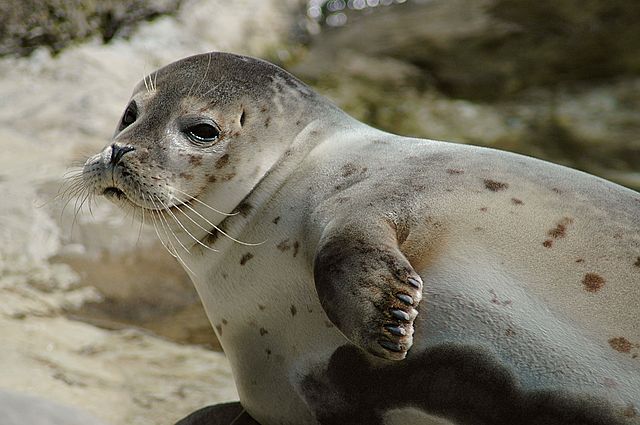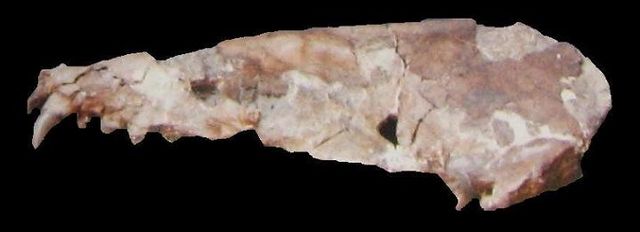The Caspian seal is one of the smallest members of the earless seal family and unique in that it is found exclusively in the brackish Caspian Sea. It lives along the shorelines, but also on the many rocky islands and floating blocks of ice that dot the Caspian Sea. In winter and cooler parts of the spring and autumn season, it populates the northern Caspian coastline. As the ice melts in the summer and warmer parts of the spring and autumn season, it also occurs in the deltas of the Volga and Ural Rivers, as well as the southern latitudes of the Caspian where the water is cooler due to greater depth.
Caspian seal
The earless seals, phocids, or true seals are one of the three main groups of mammals within the seal lineage, Pinnipedia. All true seals are members of the family Phocidae. They are sometimes called crawling seals to distinguish them from the fur seals and sea lions of the family Otariidae. Seals live in the oceans of both hemispheres and, with the exception of the more tropical monk seals, are mostly confined to polar, subpolar, and temperate climates. The Baikal seal is the only species of exclusively freshwater seal.
Earless seal
Fossil Pliophoca skull
Skeletal anatomy of a harbor seal. 1. Skull. 2. Spine. 3. Tail. 4. Hindlimb. 5. Forelimb. 6. Shoulder. 7. Pelvis. 8. Rib cage.
Harbor seal skull (Phoca vitulina)





